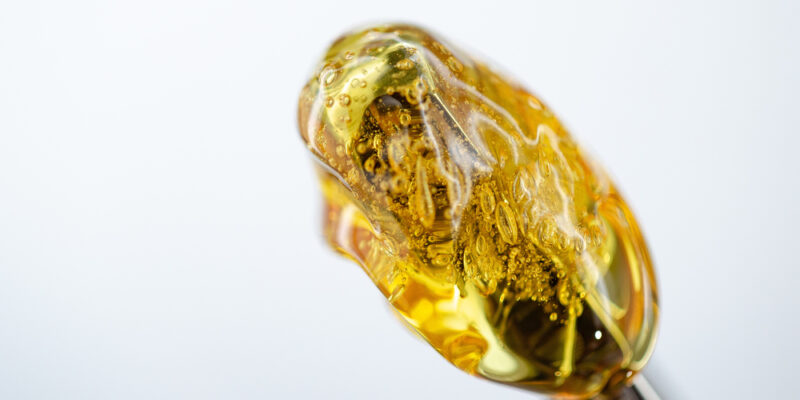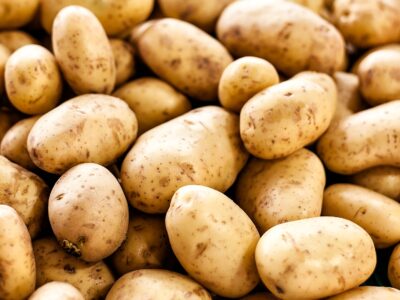In order to create gasoline from crude oil, you have to engage the distillation process. Distillation is also applied to manufacturing alcoholic beverages, purifying water, and more. It is even utilized to create cannabis products for people who do not want to smoke marijuana. Although perfecting distillation can be quite challenging, the science behind it is actually pretty simple.
There are multiple types of distillation scientists and engineers can choose from. These include:
- Simple Distillation – Simple distillation is just as its name describes. All you do is heat a liquid to its boiling point, send the vapor through a condenser, and collect the liquid that falls to a collection tank underneath.
- Steam Distillation – Similar to simple distillation, the significant difference here is that steam is injected into the environment to add extra heat and pressure.
- Fractional Distillation – When you have a liquid whose constituents all have fairly close boiling points, fractional distillation is a way to separate them more easily. It actually involves two distillation processes that occur in succession.
CedarStoneIndustry is a Houston company that designs and builds distillation equipment for the cannabis and alcoholic beverage industries. They say that each form of distillation has its pros and cons. Engineers choose a distillation model based on the substance being distilled and the goals they are trying to achieve.
-
Vaporizing and Condensing
The scientific basis for distillation is vaporization. When you boil a pot of water on the stove, you are transforming it from a liquid into a gas. That gas evaporates as steam vapor. It does not disappear, mind you; its molecules simply spread apart far enough to dissipate into the surrounding air.
Vaporization is the first step in distillation. The second step is condensation. When you are distilling a liquid, you do not want the vapor to escape. You want to recapture it as a liquid. To do that, you rely on condensation.
Sending the vapor through a condensation chamber cools it down. As it cools, the vapor is transformed from a gas back into a liquid, after which it can be collected.
By now you might be wondering how this process separates the various constituents of a liquid. Remember that those constituents have different boiling points. The substances with the lowest boiling points vaporize first. They turn from liquid to gas while the remaining substances continue absorbing heat on their way to boiling. As each substance reaches its boiling point, it vaporizes. Each vapor is subsequently cooled and condensed at different rates.
-
Distilling Cannabis Crude
Producing cannabis products offers a perfect illustration of the value distillation brings to the table. A cannabis processor first extracts a crude oil from cannabis biomass. That crude oil contains over one hundred cannabinoids along with terpenes, flavonoids, and more.
Distilling the crude oil takes advantage of the different boiling points of each substance in the oil mixture. As each constituent is vaporized and condensed, it is separated from the rest of the liquid. The result can be as specific as a processor wants it to be.
For example, a processor can isolate either CBD for THC to create what is known as a distillate. Likewise, the process can be modified so that the end product contains CBD and half-a-dozen other cannabinoids. Distillation can be fine-tuned to produce all sorts of results.
It is amazing that such a simple process can offer so much opportunity. But it has for thousands of years. The simpler the science behind a process, the more likely that process is to withstand the test of time. Distillation certainly fits the bill.








Comments